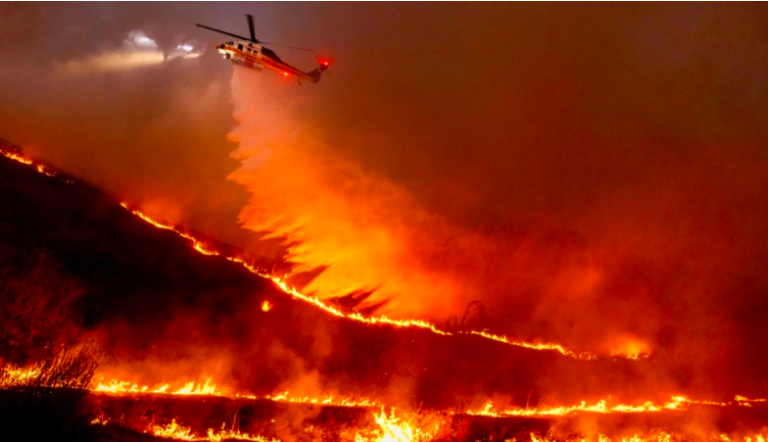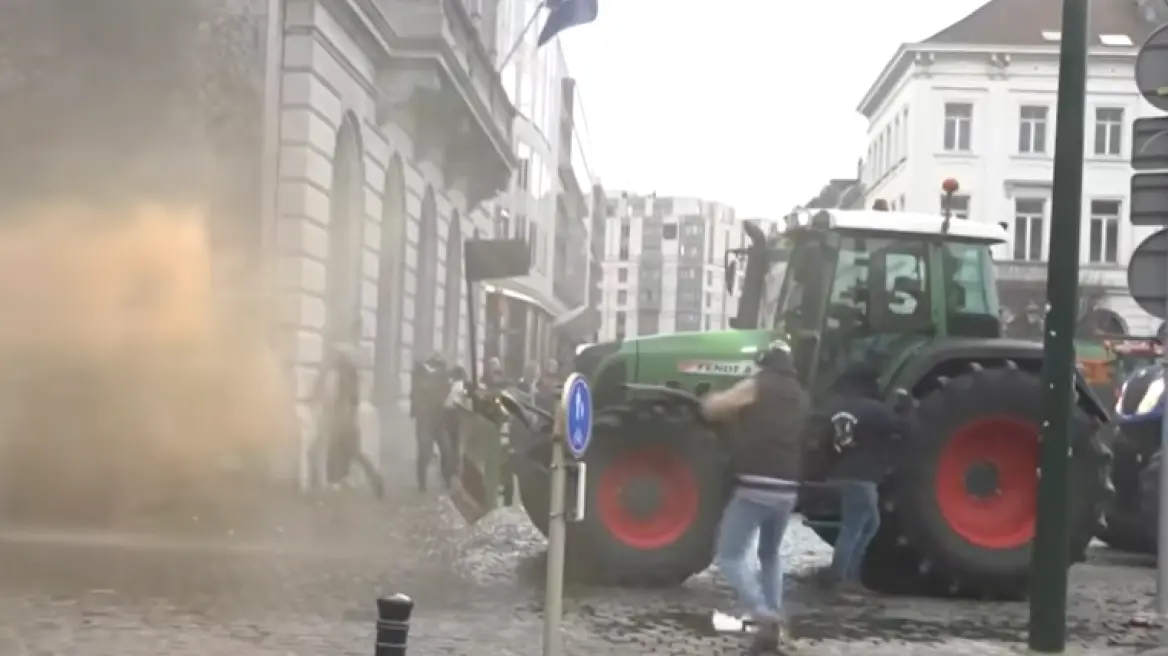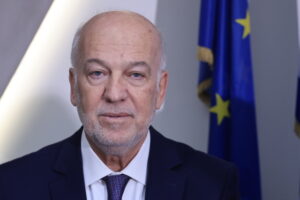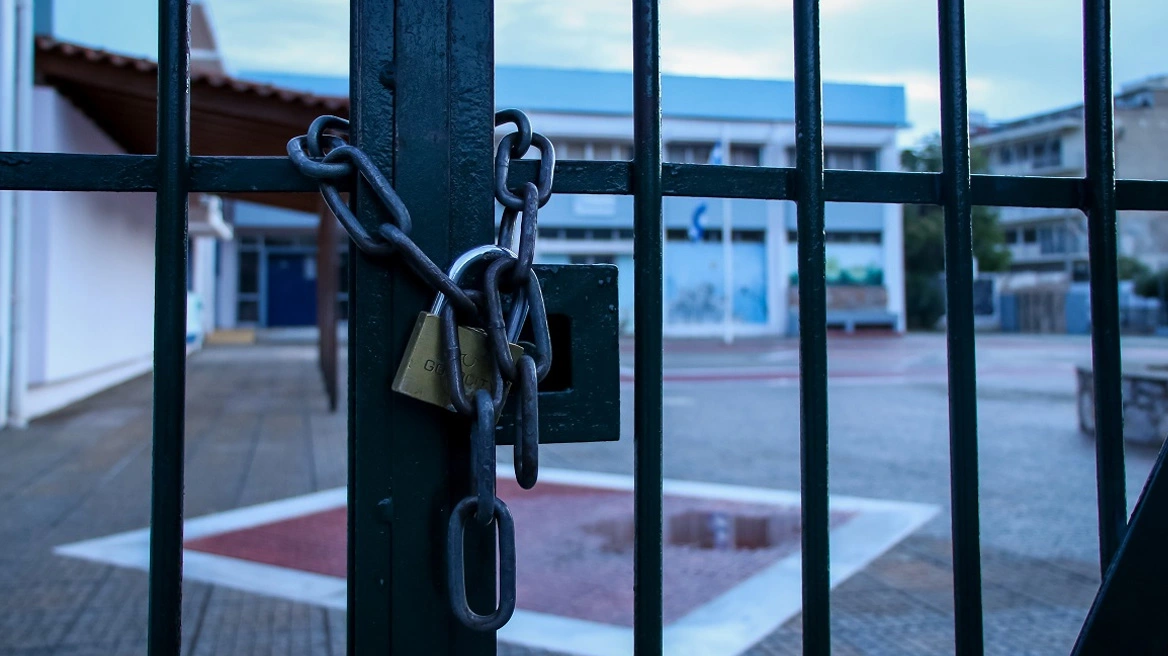The death toll from the fires, with the most intense fires still raging uncontrollably across various neighborhoods and areas in Los Angeles, increased to 10 early Friday morning, as announced by city officials of California’s largest city.

Los Angeles Sheriff Robert Luna said it seemed as though “an atomic bomb had dropped on these areas.” He confirmed five deaths from the destructive fires, though other officials have confirmed seven fatalities across the region. According to the latest update, five deaths occurred in the Eaton Fire, with the other two resulting from fires in Pacific Palisades.

The head deputy of emergency operations for the Los Angeles County Fire Department reported that the Eaton fire has spread to over 13,690 acres, remains 0% contained, and has destroyed around 5,000 homes and infrastructure.
Several firefighters have been injured while battling the fire, he added.
At the same time, firefighting teams are also confronting another fire in the West Hills area, which, according to Los Angeles Fire Department Chief Christine Crowley, is expected to “spread quickly” due to “strong winds.”
Christine Crowley mentioned that the fire, known as the Kenneth fire, had already burned over 50 acres when the teams arrived. More than 60 fire companies from regional departments have been sent to battle the fire.
About 20 to 30 minutes after the Kenneth Fire began, a suspected arsonist was detained by citizens in the Woodland Hills area, said senior LAPD officer Charles Dinsel.
When asked whether “someone deliberately set the Kenneth fire,” Dinsel confirmed that this is the current belief of the police.
At least 20 people were arrested in Los Angeles County for looting during the ongoing fires in the area, said Los Angeles County Supervisor Kathryn Barger. “We will not allow this to continue,” she said during a press conference on Thursday.
President Biden announced that the federal government will cover “100% of the cost of measures to protect lives and property in Southern California for six months.”
“I’ve told the Governor and officials to spare no expense and do whatever they need to contain the fires and protect families,” he wrote on X.

More than 7,500 firefighters are operating in the area, with reinforcements coming from other states.
The five active fire fronts in Los Angeles have claimed lives and scorched hundreds of thousands of acres, infrastructure, homes, and thousands of vehicles. Specifically, 117,727 acres have burned, 1,500 homes have been destroyed, and 200,000 households are without power. More than 7,500 firefighters are working on the fires, with reinforcements arriving from other states.

Strong winds, combined with the prolonged drought, are spreading the flames, raising fears of further wildfires spreading uncontrollably and plunging the area into chaos.


Authorities have urged citizens to conserve water as reservoirs are running low, and firefighters are now turning to pools and fountains for supplies.

President Biden announced that every possible federal resource will be deployed in Southern California, including hundreds of federal firefighters, 30 firefighting helicopters and planes, 8 DoD C-130s, and 500 military ground-clearing personnel.
Fire Containment Status by Area:
- Pacific Palisades: 19,987 acres | Containment 0%
- Eaton Fire: 13,690 acres | Containment 0% (1,000 homes)
- Hurst Fire: 855 acres | Containment 10%
- Lidia Fire: 348 acres | Containment 40%
- Sunset Fire: 242 acres | Containment 0%
- Woodley Fire: 121 acres | Containment 100%
As of now, fires in California have caused damages totaling $57 billion, and it is expected that the economic impact will be much higher.


Why California is Burning
Fires in California are not an unusual phenomenon, and while the conditions, with high-speed dry winds, are extreme, there are several “gray” areas concerning the readiness of both the city and state this time. With the flames still burning out of control in most areas, there are serious concerns about the state’s water reserves and those of Los Angeles city.
In a statement, elected President Trump clearly pointed the finger at Democratic Governor Gavin Newsom, accusing him of choosing “to save a small fish rather than distribute millions of cubic feet of rainwater in the region.”
Trump’s accusations may not be substantiated, but on the other hand, there is no solid evidence from the other side that sufficient water was available to meet the massive firefighting needs that arose.
Firefighter testimonies on U.S. networks indicated that, in many cases, there were not enough supplies to meet firefighting conditions. While this may not necessarily point to a shortage of water resources, it is undeniable that California is facing unprecedented demand across multiple areas.
Another significant question emerging more forcefully is the stance of the mayor of Los Angeles, who, despite clear evidence of the risks of a mega-fire in the area and warnings from the fire department for reinforcement, opted to proceed with the city’s original plan and cut the fire department’s budget by tens of millions of dollars annually.
The mayor’s actions, appearing to return to Los Angeles without answering any of the persistent questions from the press, are increasing criticisms of her leadership.
Ask me anything
Explore related questions





